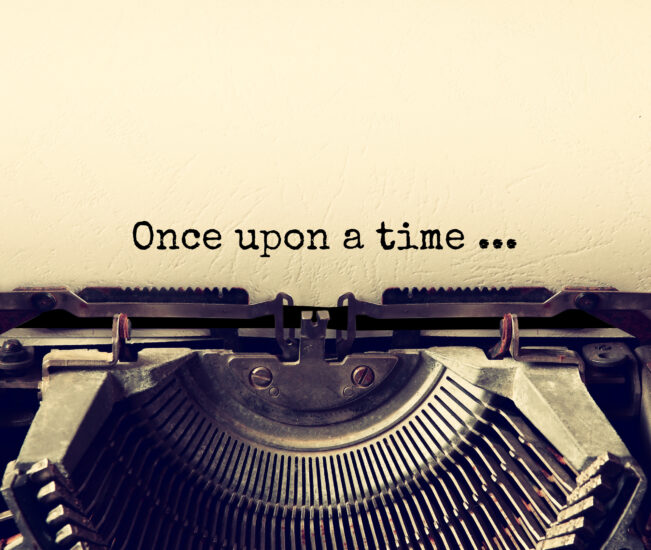
OK, sorry – that was a cheap shot, this blog isn’t about shocking trouser truths.
But if you clicked on the link and came here, it proves the point I’m about to make…
If you write features or want to – where do you find your inspiration?
The internet? Twitter? Tourist boards? Your family? All are great ways to find an idea worth a feature, but could there be an even more interesting feature behind that original idea?
Say you travel to Blackpool for a wee break. It’s got a unique charm, and you have a great time. But it’s a place so many people are familiar with – it’ll be hard to pitch a straightforward travel feature about it.
A Different Approach
I’m off to the annual conference of the Scottish Association of Writers this weekend, and I’ve been preparing a workshop about just this subject. It’s really made me think, too – because it’s exactly the sort of thing we do consciously in our weekly Features Team meeting.
A straight story on Blackpool might not excite many magazine editors, but could it be the starting point for something more intriguing?
Say:
- An interview with someone who has owned one of the many iconic Blackpool B&Bs for years? How has the town and trade changed?
- A look at the history of the Tower ballroom.
- It’s surprising new role as an epicentre of UK hip-hop (OK, maybe that’s not one for us, but how interesting is that?)
- A round-up feature. Blackpool’s rollercoaster – the Big One – as the key focal point of a collection of half-dozen of the UK’s finest ‘coasters.
The trick is looking beyond the story to find the unexpected. The unusual. The untold.
What you’re looking for is a strong stimulant for the reader’s curiosity. Those horrible “clickbait” bits at the bottom of some internet pages are amazing at this.
“You won’t believe what Noel Edmonds looks like now!” “If you had a bank account in 1995 you need to read this!” They’re ninja-brilliant at finding the common things that huge numbers of us are interested in and tickling our curiosity until we give in.
We’re aiming to find and provoke that same curiosity, but in a nice way!
Sometimes the reader might not even know they’re interested in what you’ve got to say, but if you can express the reasons why they really should be, it’ll do the job. Like Tessa Boase’s piece for us last year about the founders of the RSPB. The story was – in a nutshell – “Meet the women who you never knew started the RSPB and the incredible reasons why they felt compelled to do it”.
If you have an idea, can you find a way to make it that interesting? That’s where the creativity comes in!
Pick up loads of great fiction writing advice from Fiction Ed. Shirley.




